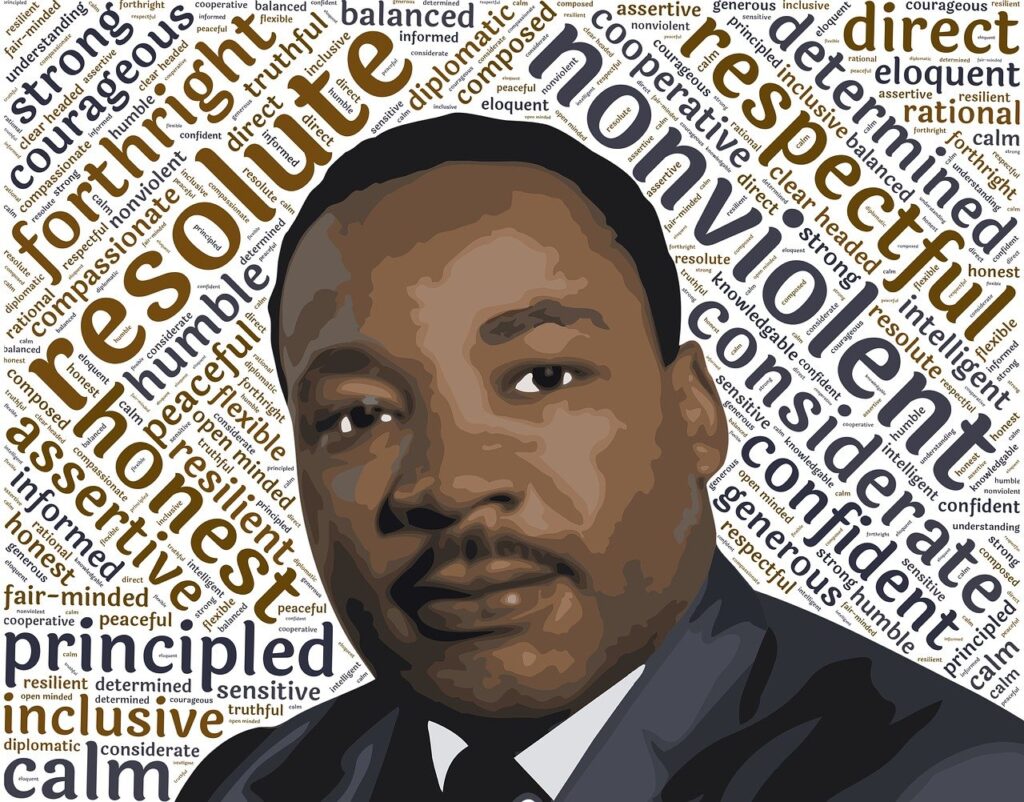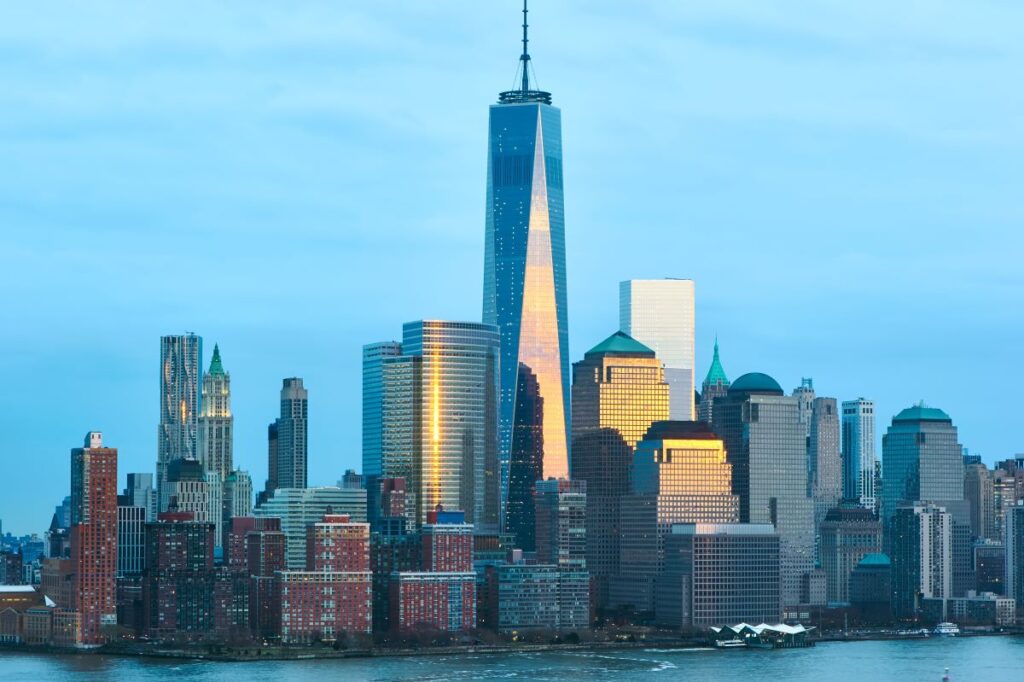Summer 1955
Why this survey was relevant?
The survey conducted in 1955 regarding the polio vaccine offers a fascinating historical perspective on public attitudes towards vaccination during a major epidemic, drawing intriguing parallels with the current COVID-19 pandemic and the rollout of vaccines. At the height of the polio outbreak, fear and uncertainty gripped the nation as the disease spread rapidly, affecting people of all ages and overwhelming healthcare systems. The introduction of Dr. Jonas Salk’s injectable polio vaccine provided a glimmer of hope amid the crisis, prompting a survey to gauge public willingness to embrace this new preventive measure.
Interestingly, despite the urgency of the polio epidemic and the availability of a new vaccine, the survey revealed a considerable level of vaccine hesitancy among the American public. Only 37% of respondents expressed a willingness to take the polio vaccine, while 49% were hesitant or outright opposed, and 15% remained uncertain. This hesitancy underscores the challenges faced in promoting vaccination campaigns even in the absence of modern communication tools like the internet and social media.
One notable difference between the vaccine rollout for polio in the 1950s and the COVID-19 vaccine distribution today is the occurrence of a significant manufacturing error that shook public confidence in the polio vaccine. A US-based drug manufacturing plant inadvertently distributed a batch of the vaccine containing live and active poliovirus, resulting in devastating consequences for 40,000 children, including 10 deaths. This tragic incident understandably led to a pause in vaccine production and administration, followed by rigorous investigations and enhanced safety measures.
Despite the setback and initial vaccine hesitancy, the polio vaccine eventually gained public acceptance and became a resounding success story in the history of vaccination. The turnaround in public opinion was attributed to several key factors, including community trust fostered by local leaders and celebrity endorsements. These efforts, reminiscent of contemporary strategies employed during the COVID-19 pandemic, played a crucial role in rebuilding public confidence in vaccination and ultimately led to the eradication of polio in the US by 1979.
Comparing the historical reception of the polio vaccine to the current COVID-19 vaccine rollout reveals both similarities and differences in public attitudes towards vaccination. Like the polio vaccine, the COVID-19 vaccines faced initial skepticism and hesitancy among segments of the population, fueled by concerns over safety, efficacy, and misinformation. However, concerted efforts by public health officials, community leaders, and influencers have sought to address these concerns and promote widespread vaccine acceptance.
To provide a comparative analysis, let’s consider a poll conducted during the COVID-19 pandemic to gauge public willingness to take the COVID-19 vaccine:
Question: Would you be willing to take the COVID-19 vaccine when it becomes available to you?
- Yes, I would take it: 55%
- No, I would not take it: 35%
- Unsure/Undecided: 10%
Survey Conclusion
The survey results reveal a mixed sentiment regarding the COVID-19 vaccine. While a majority (55%) of respondents express willingness to take the vaccine, a notable proportion (35%) remain hesitant or unwilling. Additionally, a smaller percentage (10%) remain uncertain about their decision.
These findings underscore the challenges faced in promoting widespread vaccination efforts during the COVID-19 pandemic, with vaccine hesitancy posing a significant obstacle to achieving herd immunity and controlling the spread of the virus.
In contrast to the polio vaccine’s journey, the COVID-19 pandemic has been characterized by an unprecedented reliance on digital communication platforms and social media to disseminate information and shape public perceptions of vaccination. Despite these advancements, challenges persist in combating vaccine hesitancy and misinformation, highlighting the ongoing importance of community engagement and transparent communication in public health campaigns.
Ultimately, the lessons learned from the historical experiences of the polio vaccine serve as a testament to the resilience of vaccination efforts in overcoming initial skepticism and opposition. As we navigate the complexities of the COVID-19 pandemic, these insights underscore the critical role of trust, collaboration, and evidence-based messaging in promoting vaccine acceptance and achieving widespread immunity against infectious diseases.


